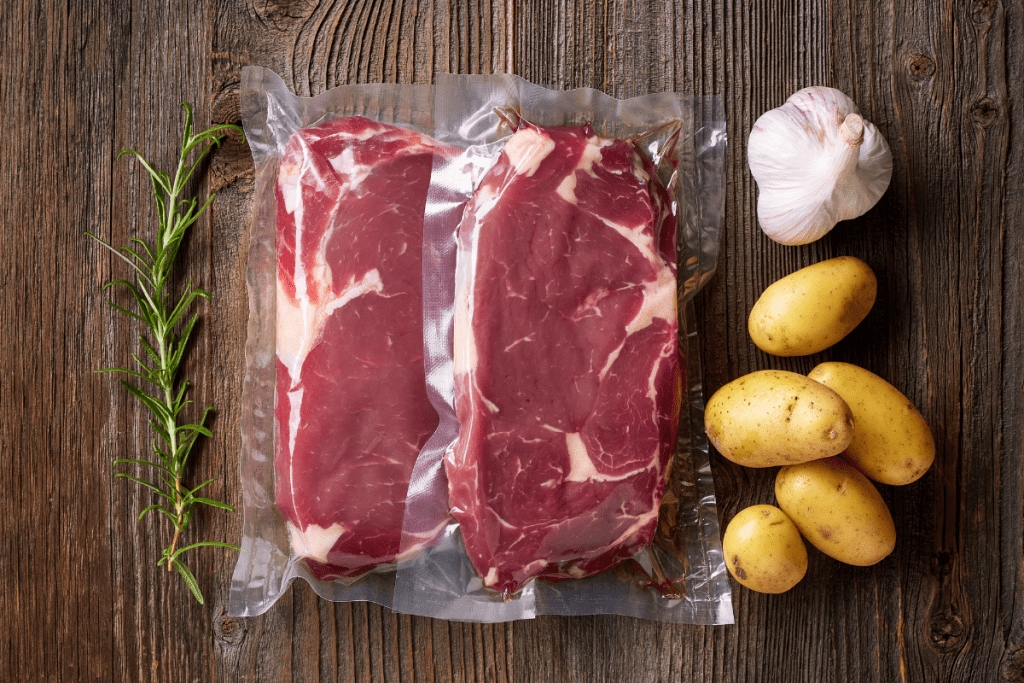You can easily get by with just a few types of cooking methods.
But, can you imagine the culinary power you would wield if you knew how to use all of the major cooking methods? People would bow at your feet when you braised short ribs that melted in the mouth. There would be nothing you couldn’t accomplish.
Ok, maybe I’m getting carried away. But, the more methods of cooking you know, the more delicious food you can make. And isn’t that what we’re all after?
Each of these cooking methods was drilled into me at Culinary School, and every one of them has come in handy during my work in restaurant kitchens. I’ve also had a lot of fun bringing this knowledge home with me to the more relaxed environment of my home kitchen. Some of the methods are similar, but they each provide unique benefits.
By better understanding each cooking method, you will open the door to endless cooking possibilities. And thankfully you don’t need to go to culinary school to learn the ropes.
Here are 18 of the most important and versatile cooking methods that you can (and should) try at home.
In This Article
Deep Fry
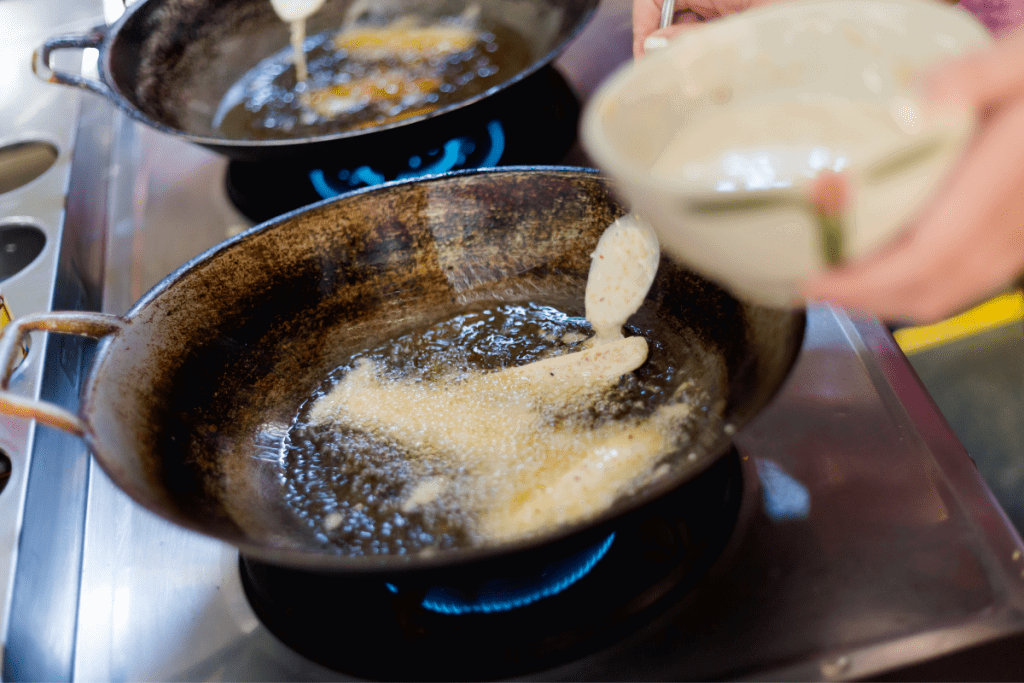
To deep-fry, ingredients are completely submerged in hot fat or oil. The fat temperature should usually be between 325 F and 400 F.
When fried at the right temperature, items won’t absorb much oil and will come out golden-brown, crunchy, and delicious.
An electric deep fryer is the most convenient option and provides easy and accurate temperature regulation. I don’t deep fry enough for a dedicated appliance to be worth it. Instead, I use a Dutch oven or a carbon steel wok for all of my deep frying needs.
Shallow Fry
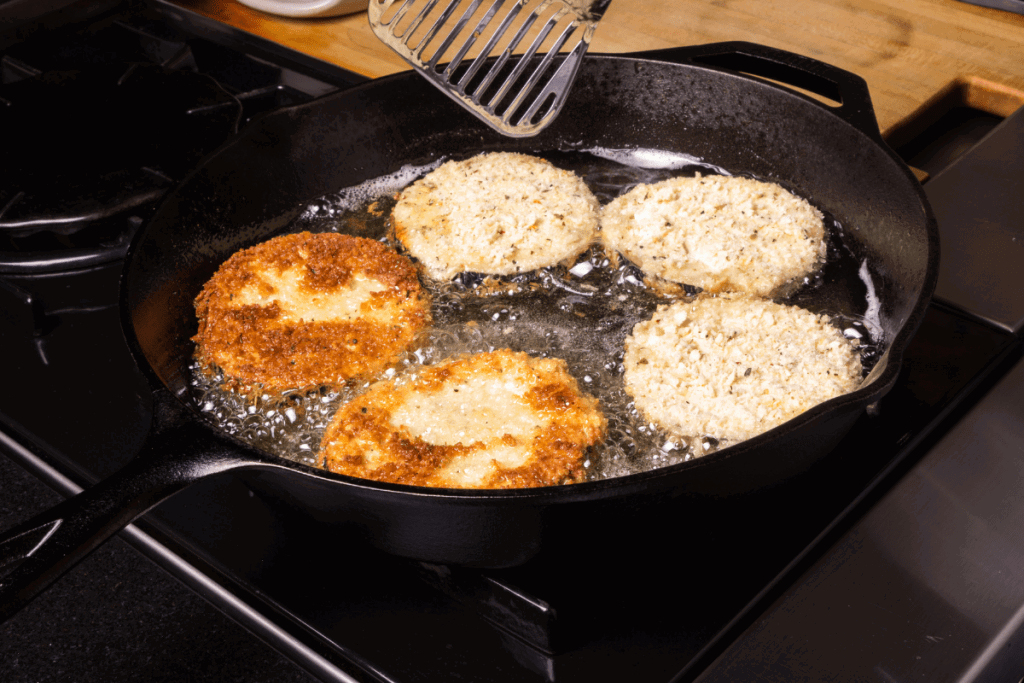
Shallow-frying (a.k.a. pan-frying) is similar to deep frying except that the hot fat only comes about a quarter to halfway up the food being cooked. But, the desired result is about the same. A crisp, golden-brown exterior, and a moist interior.
At home, I use this technique more often than deep frying because it uses significantly less oil. A heavy cast-iron skillet is a perfect tool for the job, but a good saute pan or frying pan also works well.
Sauté
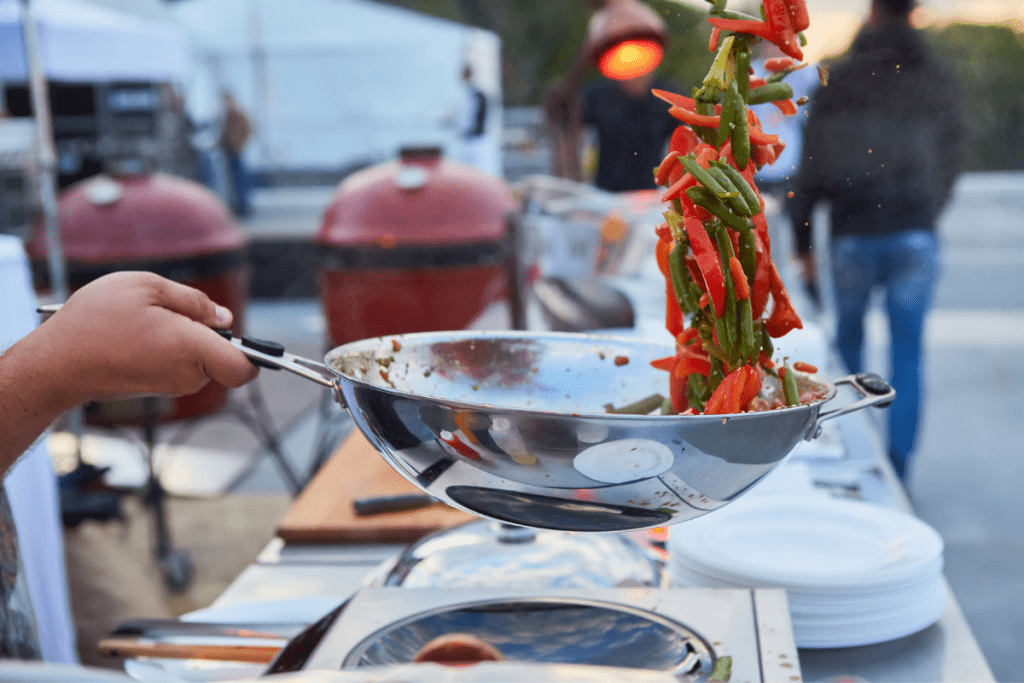
Sautéing is a hot and fast method of cooking that uses a shallow pan and only a small amount of fat. This technique is what is used when cooking a stir-fry and is a great way to achieve caramelized or even charred (in a good way) dishes.
A sauté pan may seem like the obvious choice, but I think a carbon steel frying pan is the best way to go. It has a high heat tolerance and makes it easy to toss ingredients like a pro.
Sear
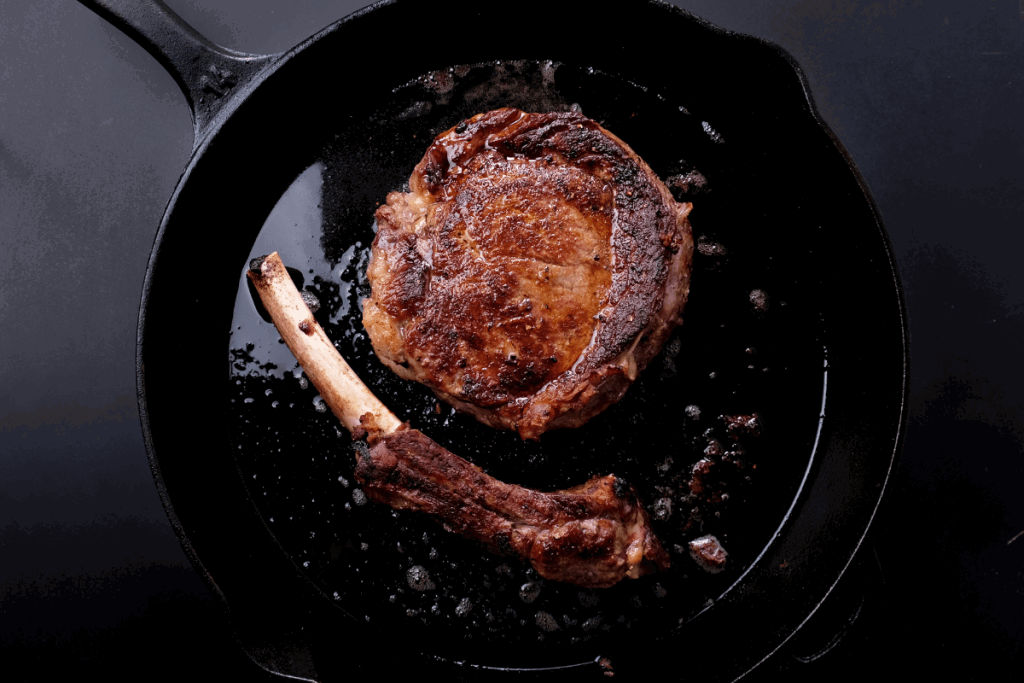
Searing is a cooking method used to create a browned or caramelized layer on the exterior of a food and usually involves larger pieces of food rather than bite-sized ones.
A steak or roast are good illustrations of food often seared with relatively high heat to create a crust. Then a low heat is used to finish the cooking process.
An oven-safe pan that can handle high heat is essential for the process. But searing can also be done on a grill, or even in an oven.
Grill
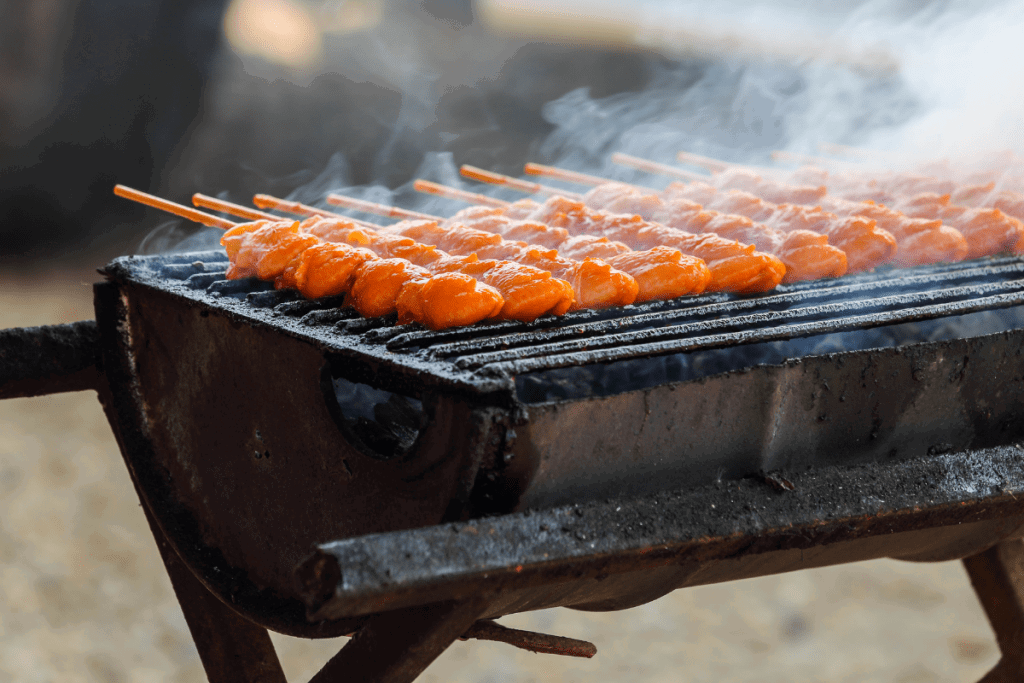
Grilling is done by cooking food on a metal grate that is suspended over a radiant heat source. The heat can be from a gas flame, coals, wood, or an electric heating mechanism.
Grill marks add an appealing look to grilled food, but you get the biggest flavor benefit by cooking over wood or charcoal. These will add a smokey dimension to your food that you won’t get from a gas or electric grill.
Broil
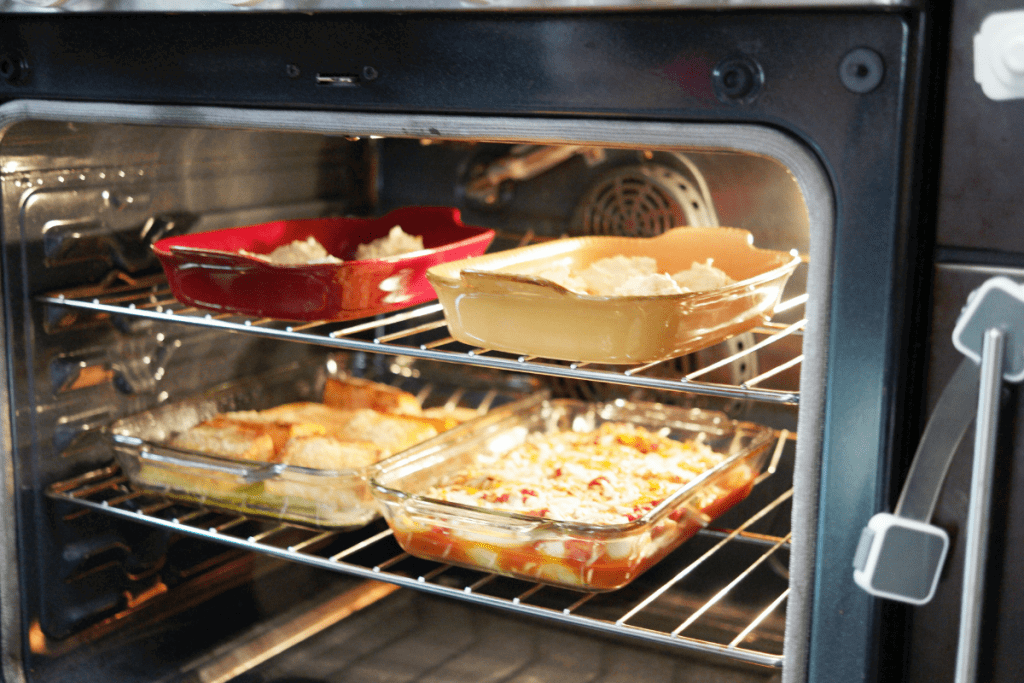
Broiling uses very hot, radiant heat from above to quickly cook, brown, or char food. It’s a great method of cooking for toasting bread, finishing a “fancy” mac n’ cheese, or cooking a filet of fish.
Most home ovens have a broil setting that turns the upper heating element to the max of around 500 F. Be careful, broiling goes fast and is the number one culprit of burnt food in my house. Small countertop convection ovens are actually some of the most effective tools for broiling.
Bake
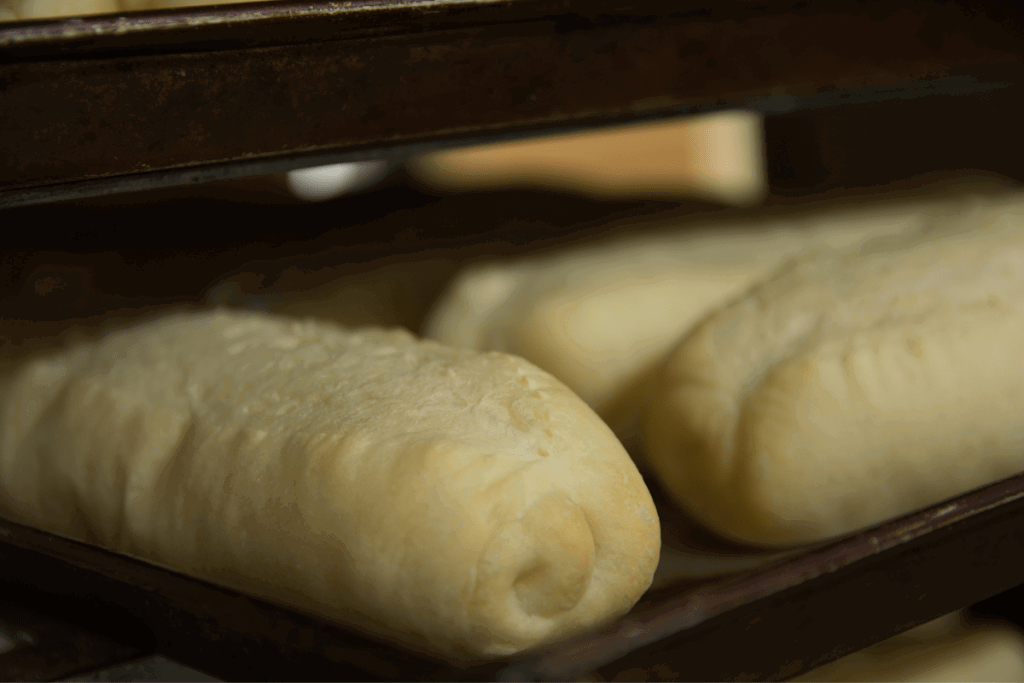
Baking uses radiant heat to cook food from all sides and is done in some form of oven. Most ovens have a heating element in the bottom that heats the air to the desired temperature for cooking.
While roasts and braises are also technically baked, the term “baking” is generally reserved for breads, cakes, and pastries.
Roast
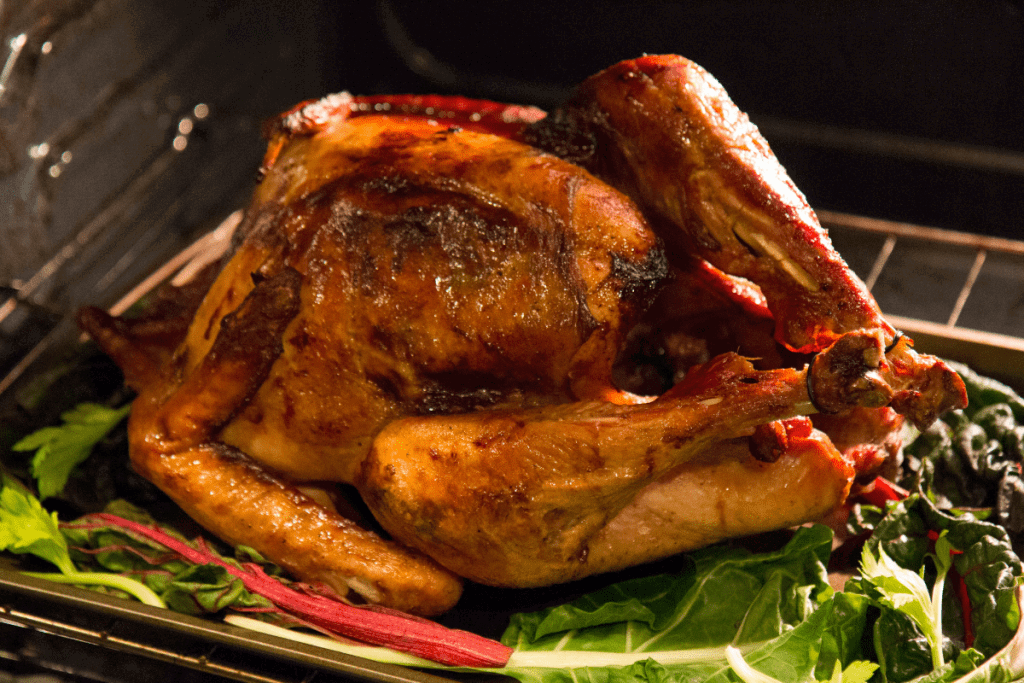
Roasting is very similar to baking except it refers to vegetables or meat. Radiant heat is used to cook an item from all sides and generally involves a level of Maillard reaction or caramelization.
Pan roasting is a combination cooking technique that starts with sautéing or searing before the item is moved to the oven to finish cooking in the same pan.
While it’s not complicated to roast in the oven, some people prefer the convenience of a dedicated roaster oven for this purpose. They’re bulky, but affordable, for a lesser used appliance and do a great job of keeping a roast moist.
Boil
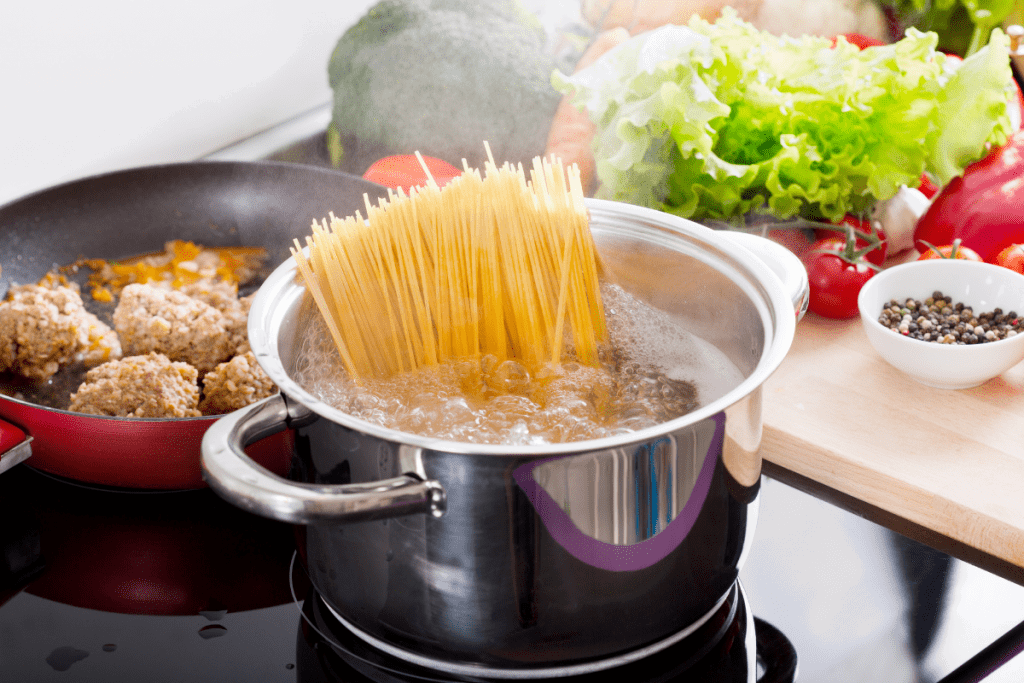
Boiling is a cooking method that involves cooking food by submerging it in water that has been brought to 212 F (or 204 F for me at a high altitude). It’s a very efficient way to cook foods because they are completely surrounded by an even temperature. The downside is that the lower temperature doesn’t allow for any browning or much flavor development.
I reserve boiling almost exclusively for cooking pasta or blanching in a large stock pot. I mostly Simmer and Poach, which are similar methods, for most of my water-based cooking tasks.
Blanch
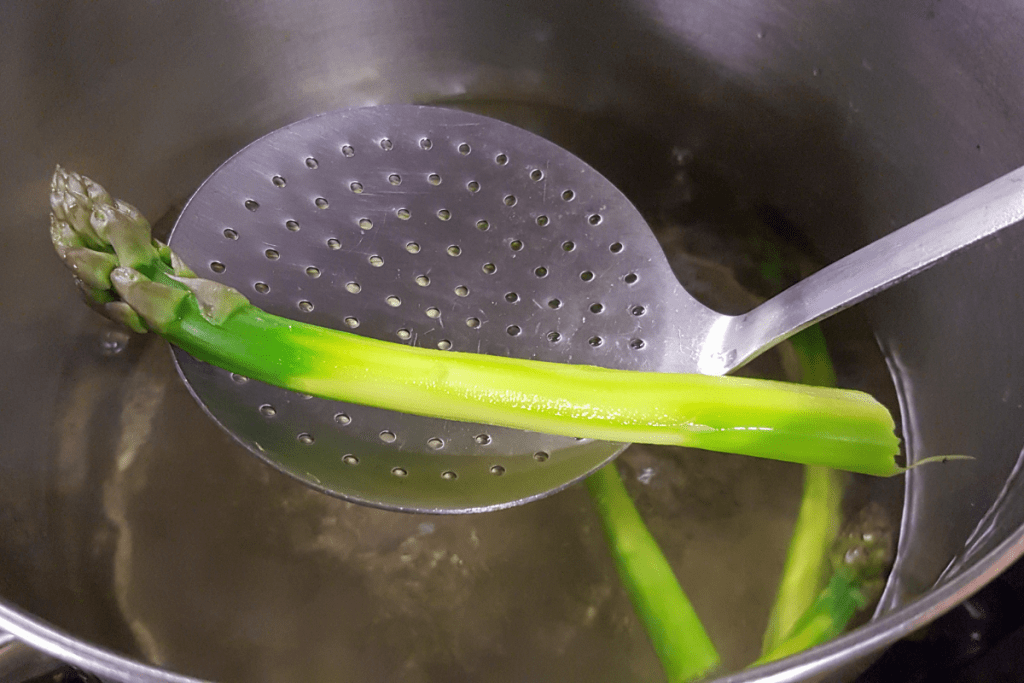
Blanching is a technique where items are briefly submerged in boiling water for various reasons.
Vegetables are blanched for three primary reasons:
- To make the skin easier to peel, especially useful with tomatoes.
- To set the color, usually for green vegetables.
- To fully or par-cook (partially cook, so they can be finished later) the vegetable.
Meat or bones can also be blanched as a step to remove impurities.
Poach
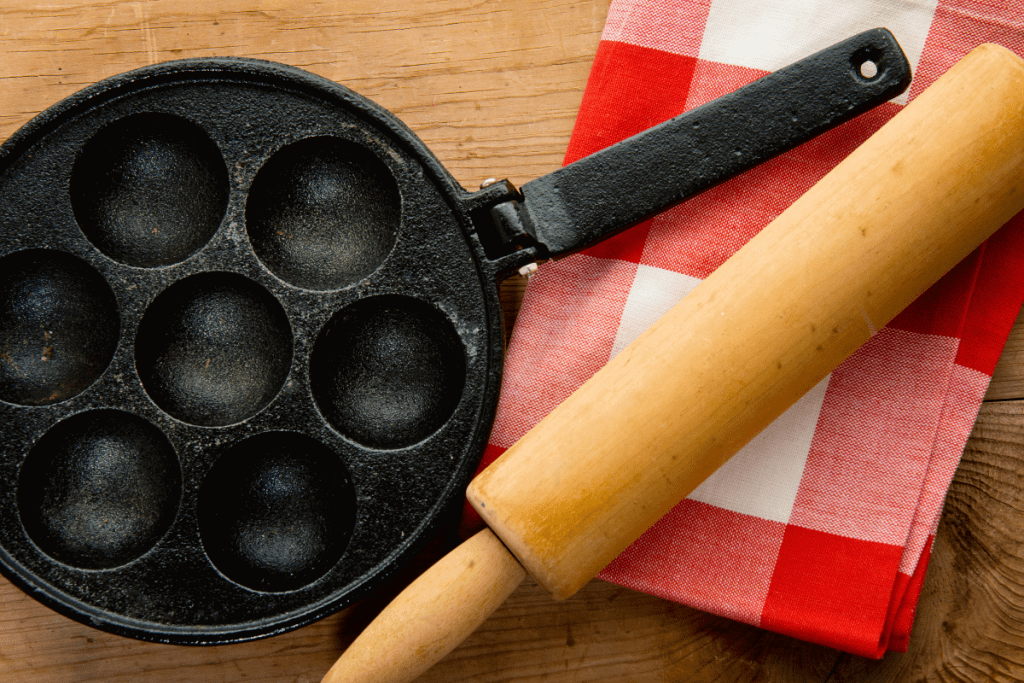
There are two cooking techniques for poaching, shallow and deep poaching. Both are very gentle cooking methods and are most often used for seafood or the ubiquitous poached egg.
Deep poaching is done by completely submerging an item in liquid, or better yet, fat that is kept between 160 and 185 F.
Olive oil poached halibut or butter-poached lobster are two surefire showstoppers if you’re cooking to impress.
With shallow poaching, small or thin items are partially submerged in a flavorful liquid in the same 160-185 F temperature range. A lid is then used to trap steam and finish cooking.
Simmer
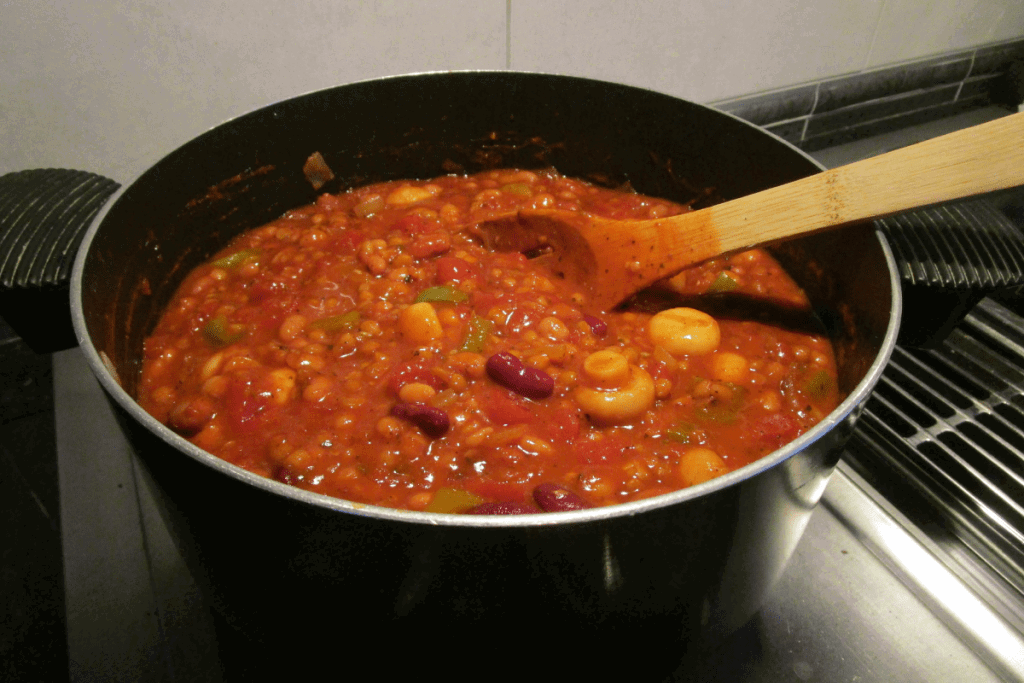
Simmering is another gentle cooking method. It refers to liquids that are brought to a temperature between 185-200F. Small bubbles will break the surface at this temperature, but there shouldn’t be large bubbles or a lot of movement.
This is a good method for items that need a long time time to cook. Things like soups and stews are perfect examples. The moderate temperature allows you to cook things for a long time without losing too much moisture to evaporation.
Steam
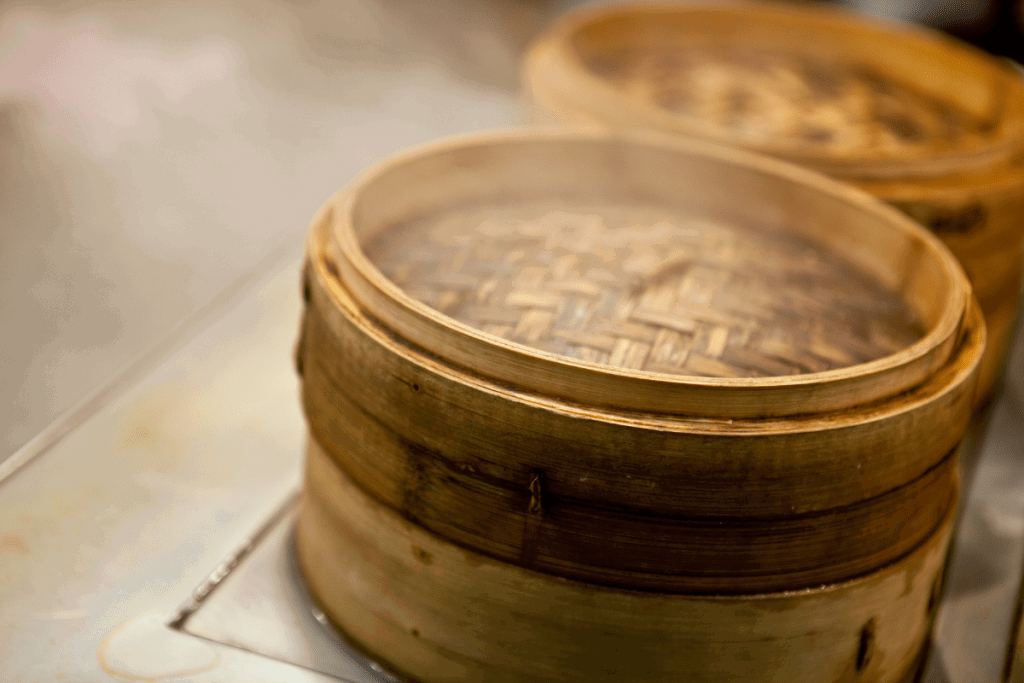
Steam cooking works by trapping the rising heat and moisture that is created from boiling or simmering hot liquid. The steam then circulates around your food in order to heat it. It’s one of the great methods to cook without the need for any fats or oil.
A bamboo steamer is my preferred piece of cookware for steaming foods like dumplings, vegetables, and fish.
Braise
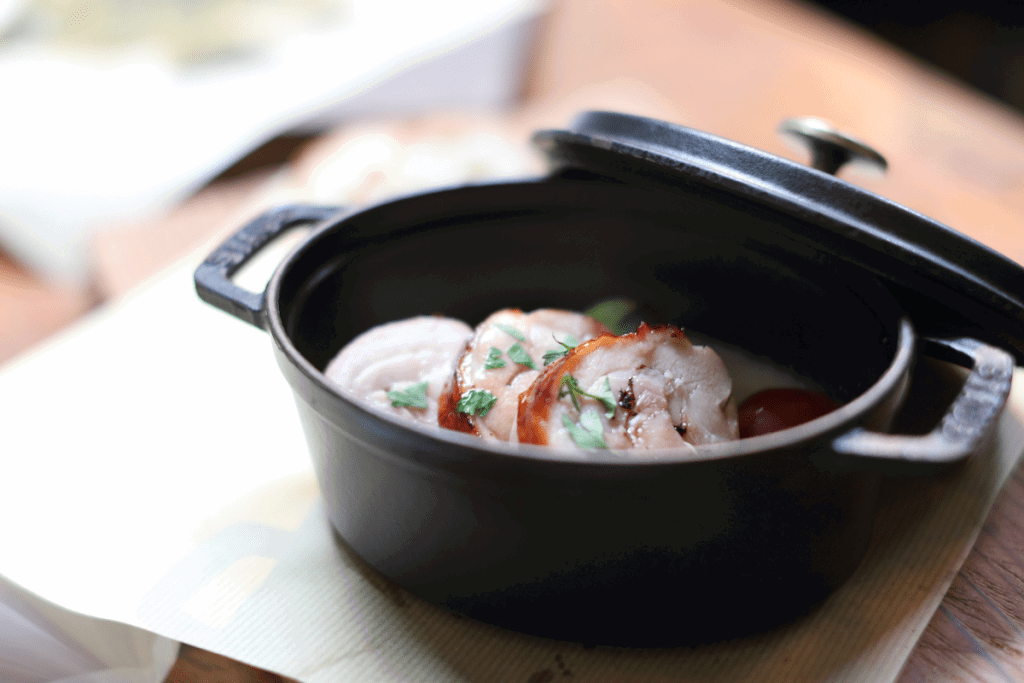
Braising is a combination of a few of the methods I’ve already covered and is often reserved for large, tough cuts of meat that need a long cooking time. The meat is first seared, then liquid is added to come about halfway up the item. Finally, a lid is put in place and the whole thing goes in the oven, often for several hours.
An enameled Dutch oven is hard to beat for this job. From the tight-fitting lid to the even heat distribution and insulation, they are purpose-built for the task.
Stew
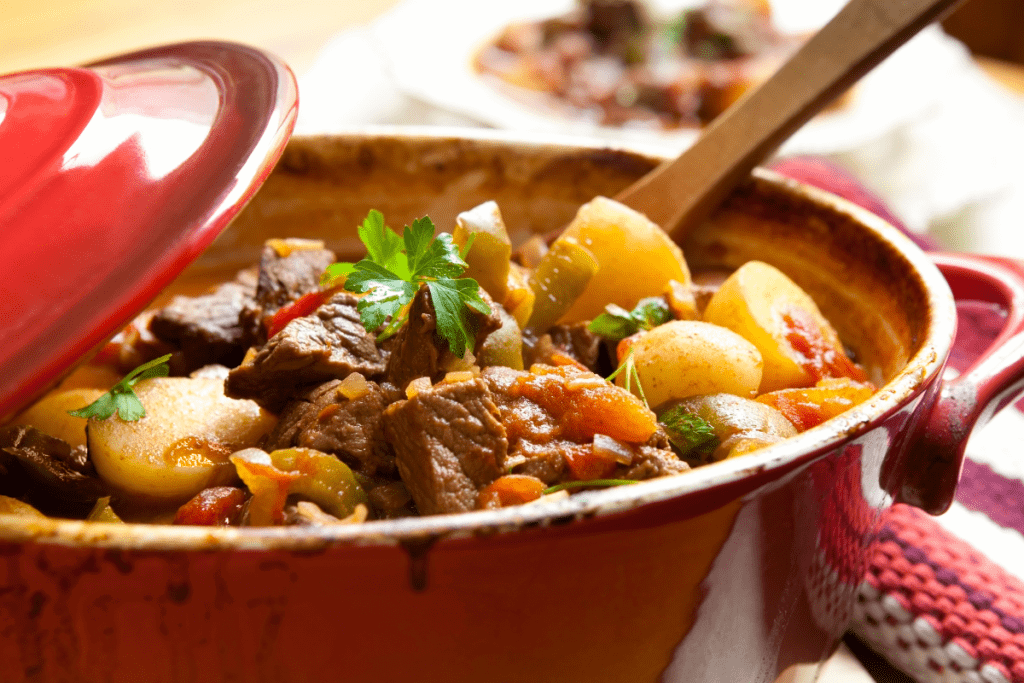
Stewing is similar to braising except the items are cut into bite-sized pieces and submerged in liquid while they gently simmer away.
Tough muscles of meat are one of the best choices for stew because they slowly become tender as they simmer and add flavor to the liquid.
Smoke

Hot and cold smoking are two types of cooking methods that can impart an incredible amount of flavor to food. Cold smoking doesn’t actually cook the food but adds a smokey flavor by indirectly exposing the food to smoke. Hot smoking on the other hand uses heat and smoke to flavor and cook the food at the same time.
Pressure Cook
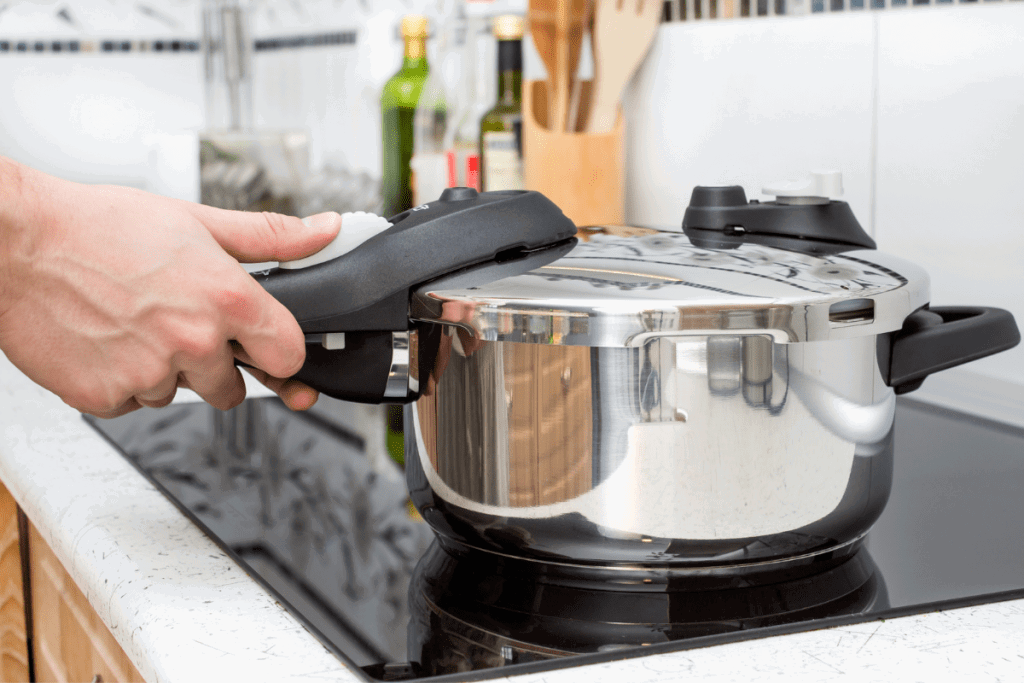
You can think of pressure cooking as extreme boiling. A pressure cooker works by completely sealing a pot so that no heat or moisture can escape. As pressure builds up inside, it essentially forces heat into the food for incredibly fast cooking.
Pressure cooking can be a useful tool when your short on time. Meat that would normally take hours can be cooked and tender in around 30 minutes. It’s also a great way to efficiently make stock or dried beans.
Sous Vide
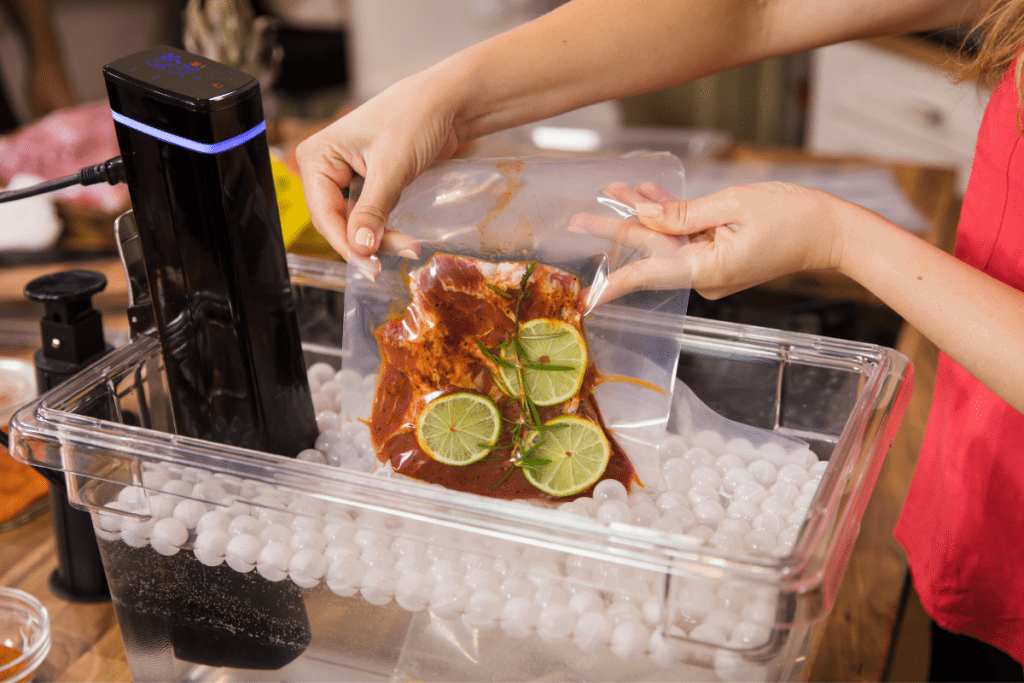
Sous vide cooking is one of the precision cooking methods that allows you to cook at an exact and consistent temperature. Food items are vacuum-sealed in a bag and then submerged into a hot water bath which is held at a specific temperature.
There are a lot of benefits and unique applications when it comes to sous vide cooking. One of the best facets of sous vide is that meat, fish, and eggs can be cooked to perfect doneness without worrying about overcooking. Commercial sous vides are a secret that the best restaurants use to create dishes with incredible precision and consistency. But, you will need a vacuum sealer and an immersion circulator before you go down this path.
Start Building Your Own Culinary Repertoire
You certainly don’t have to know or use all of these cooking methods. I would recommend for anyone to experiment with one at a time. Before you know it, the doors will open to a whole world of flavors and textures that you can create in your own kitchen.
A solid library of cooking equipment is also important to any cooking endeavor. It doesn’t have to be a large or expensive list either. Having a few essential pieces of equipment goes a long way – and in my kitchens, I would begin with these 7 pieces of cookware before investing in anything else.
If you want to dive deeper into these (and other) cooking methods, our free email-based cooking course is a great place to start. In this series, the Kitchen Ambition team provides coaching on how to get started with several of these techniques along with instructive recipes that are both delicious and help you perfect your cooking skills.
